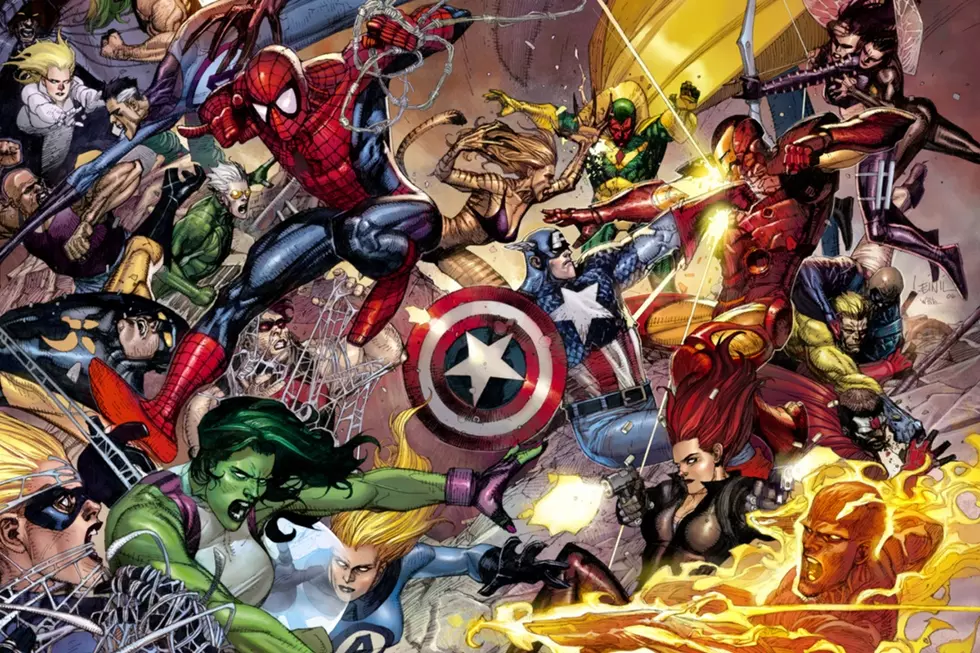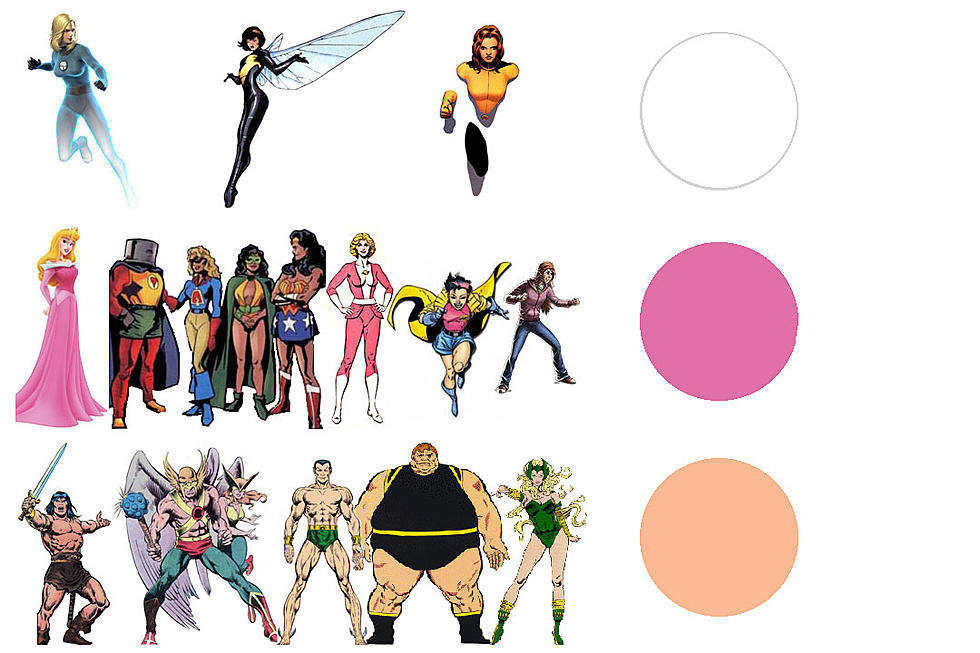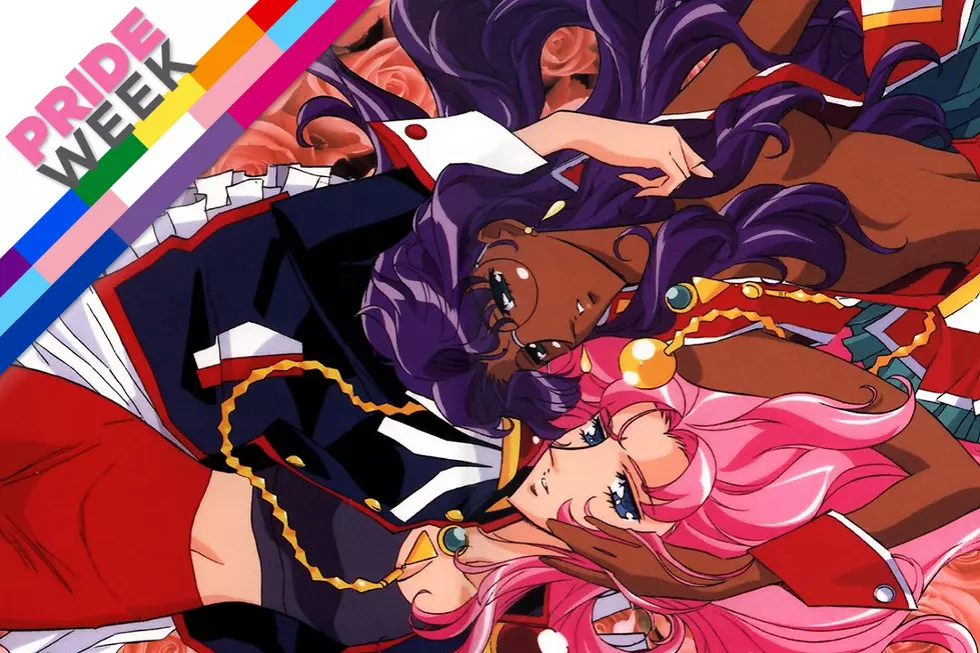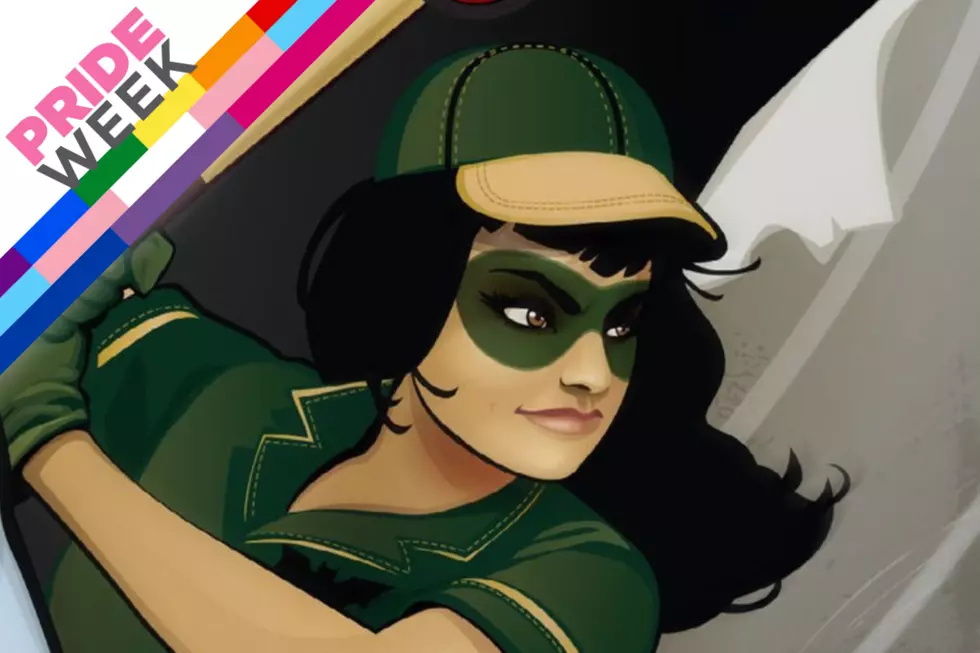
Where Have All The Good Men Gone? Thoughts On Superhero Fandom
Is it Watchmen's fault that Captain America is a Nazi?
That's the strange question I found myself asking after the last month's developments in superhero comics. Thirty years after Alan Moore and Dave Gibbons' Watchmen made its debut, the characters are being integrated into the DC Universe as part of the current DC Rebirth publishing initiative, seemingly as totems of the sort of superhero grimnness that Rebirth hopes to move away from. Meanwhile, at Marvel, the publisher's most principled hero has been retconned as a secret agent of a far-right hate group, at a time when a vocal segment of the audience wants to see a lot more love than hate in the character's life.
Both developments are indicative of a tension at the heart of superhero comics. Thirty years after Watchmen, is it time to stop pointing out that heroes can have flaws, and time instead to acknowledge that heroes can have value?





![The Case for Paradise Island As Lesbian Utopia [Pride Week]](http://townsquare.media/site/622/files/2016/06/amazons_featured.jpg?w=980&q=75)



